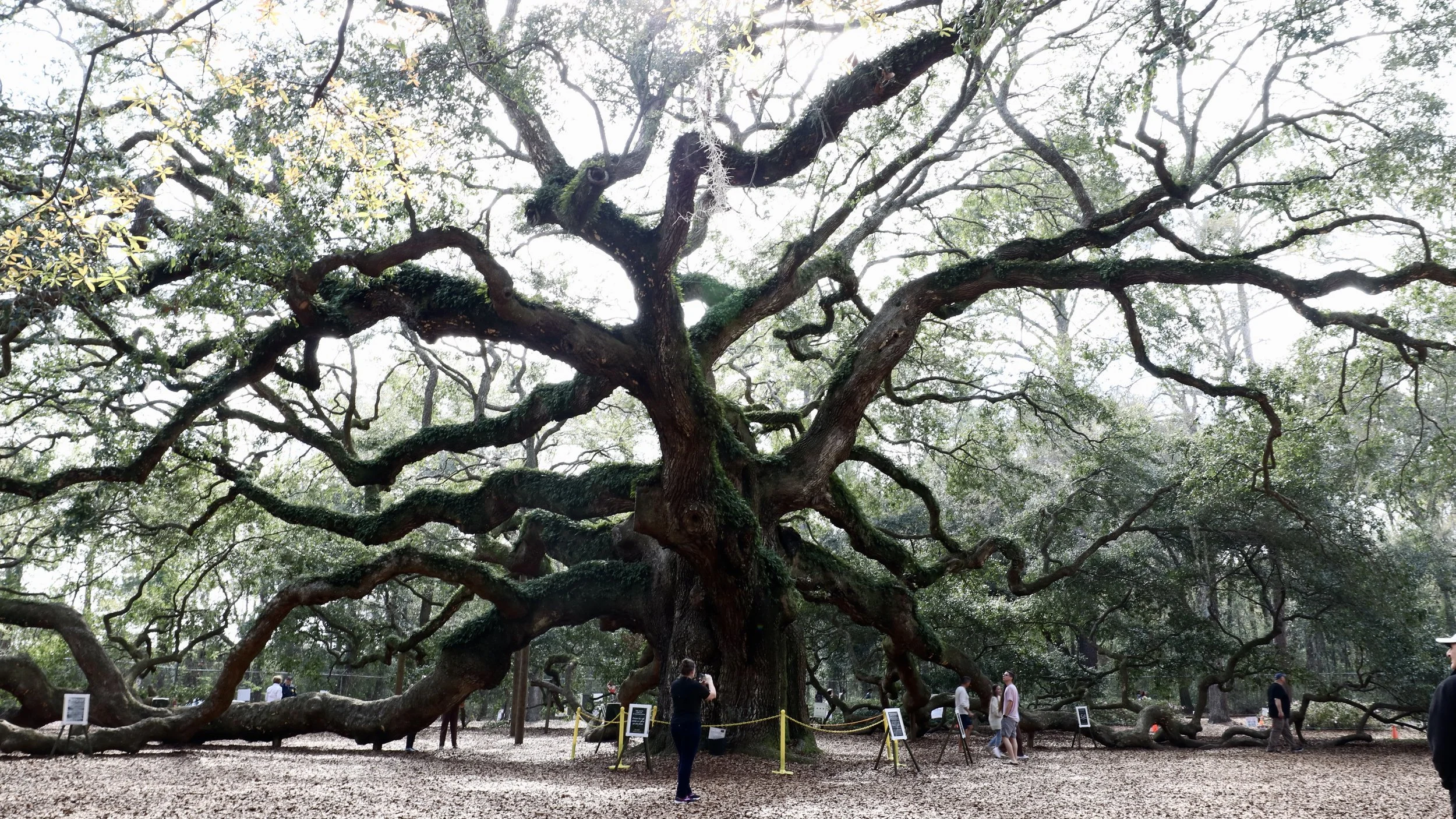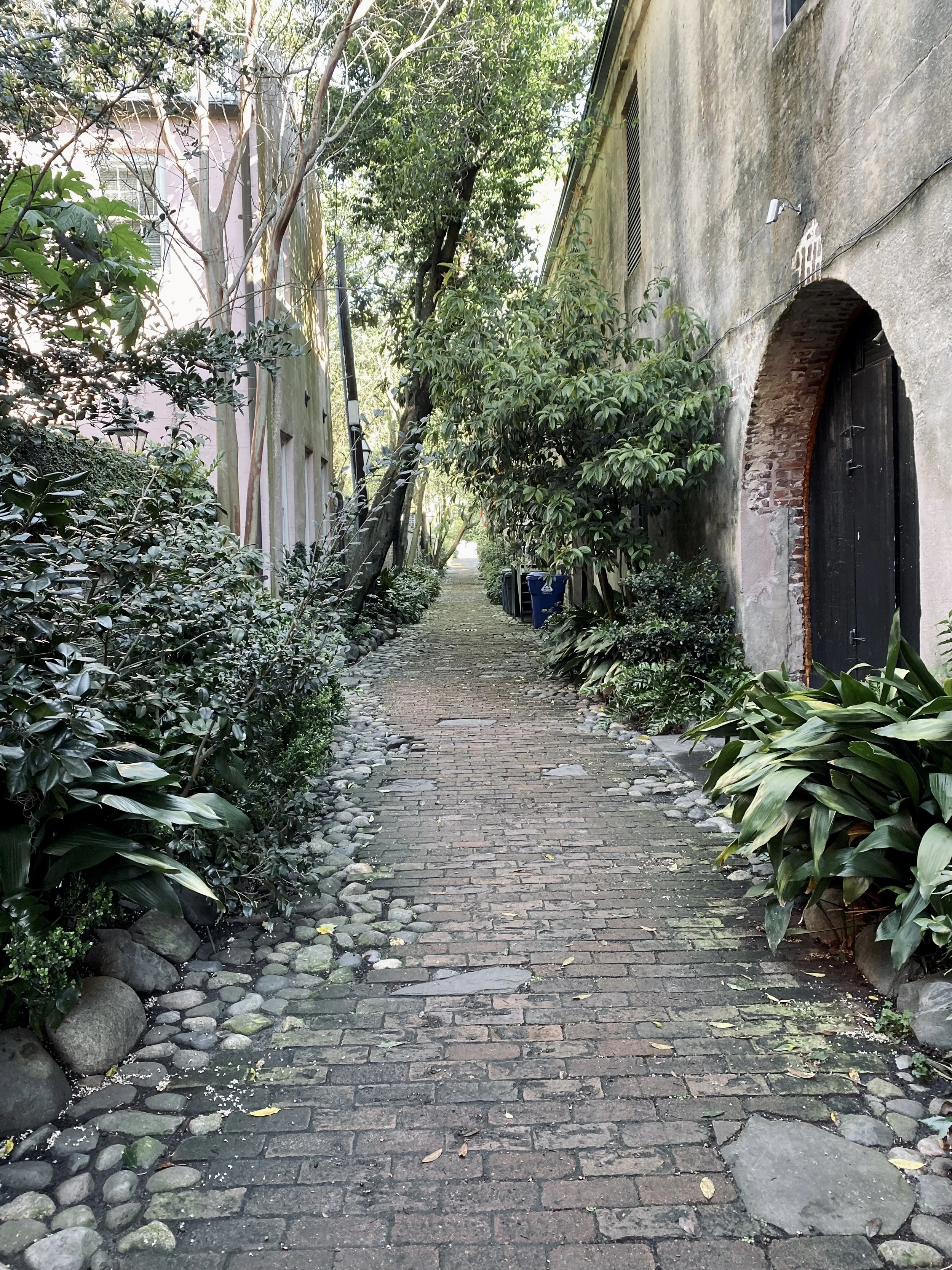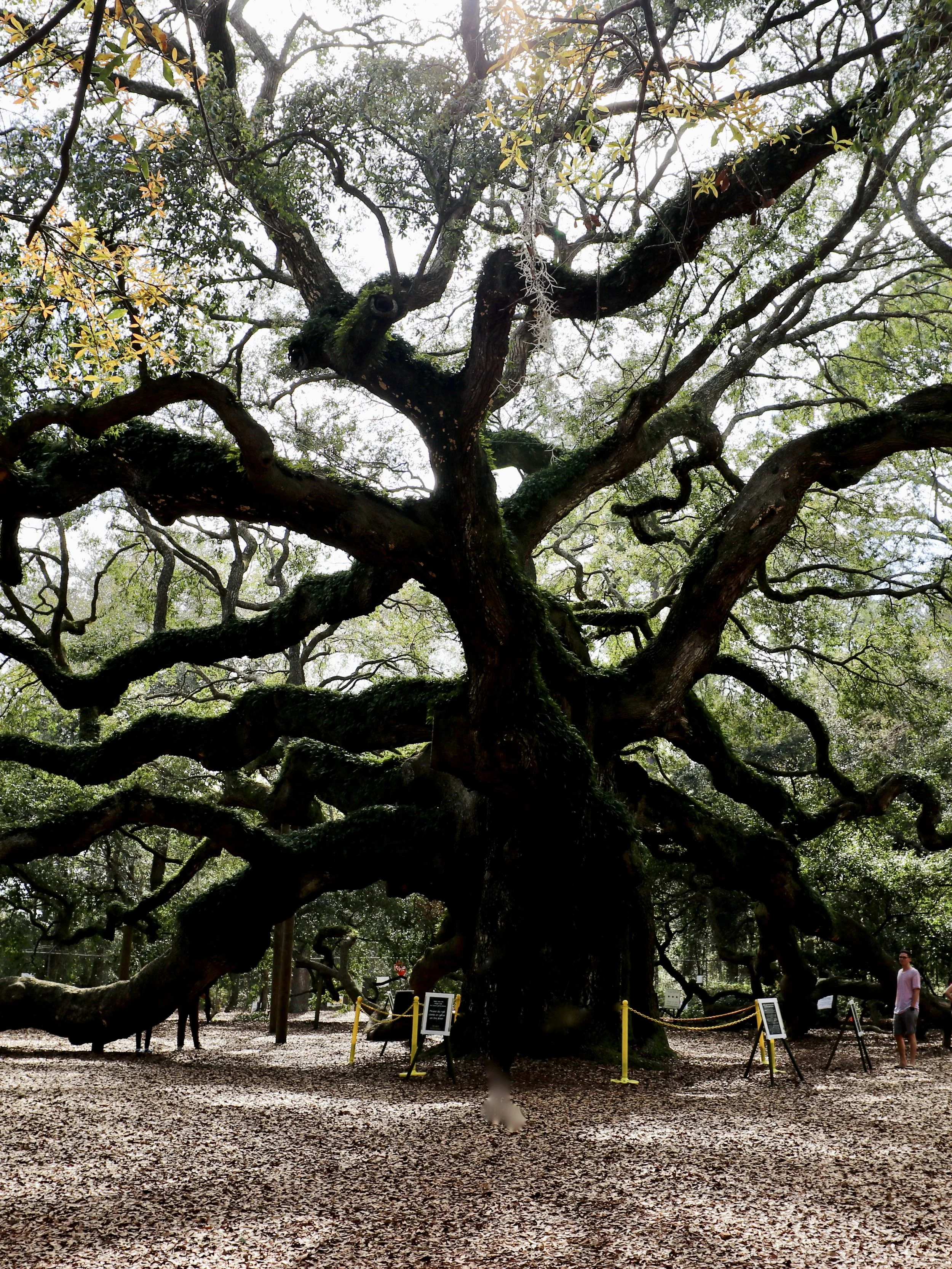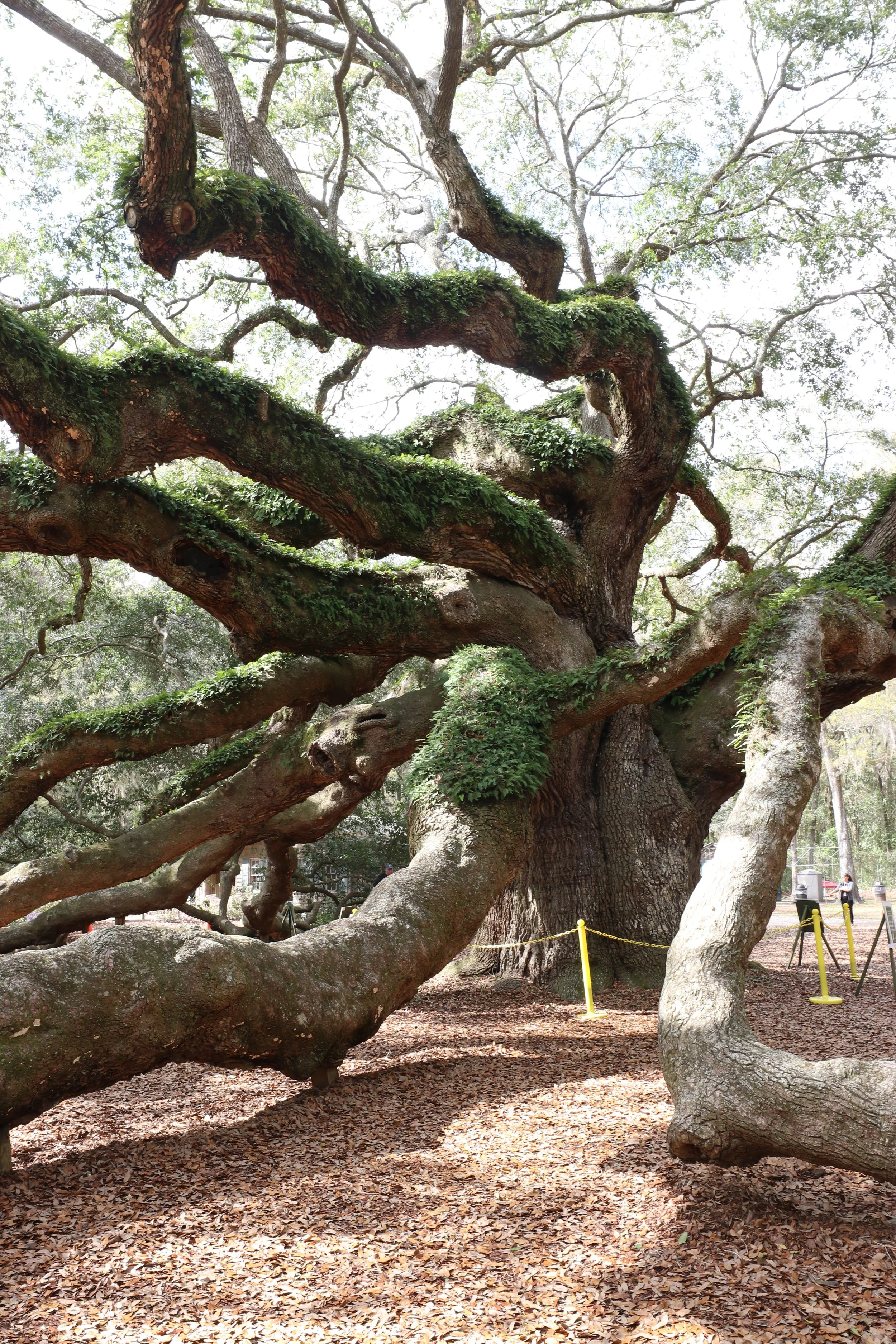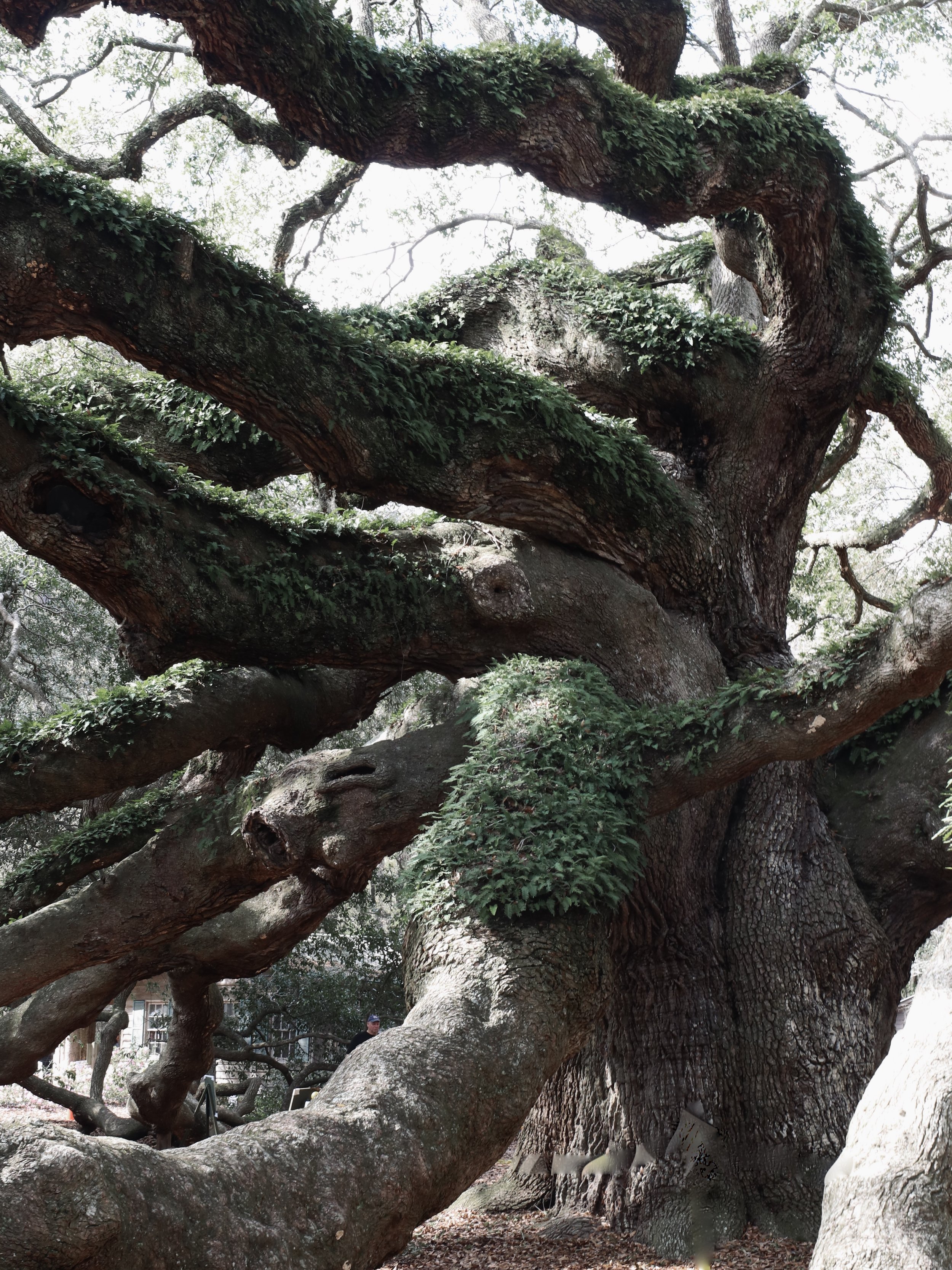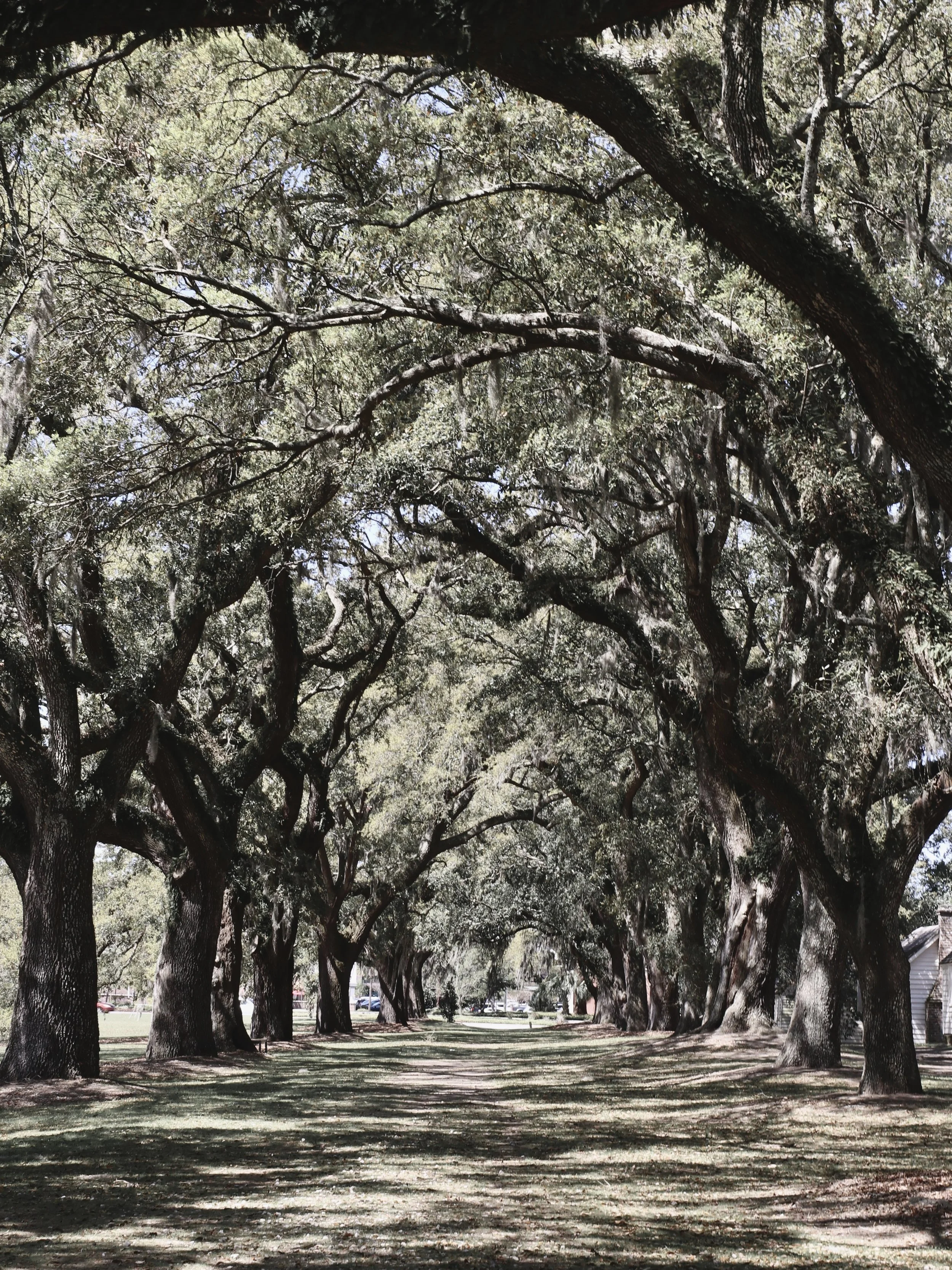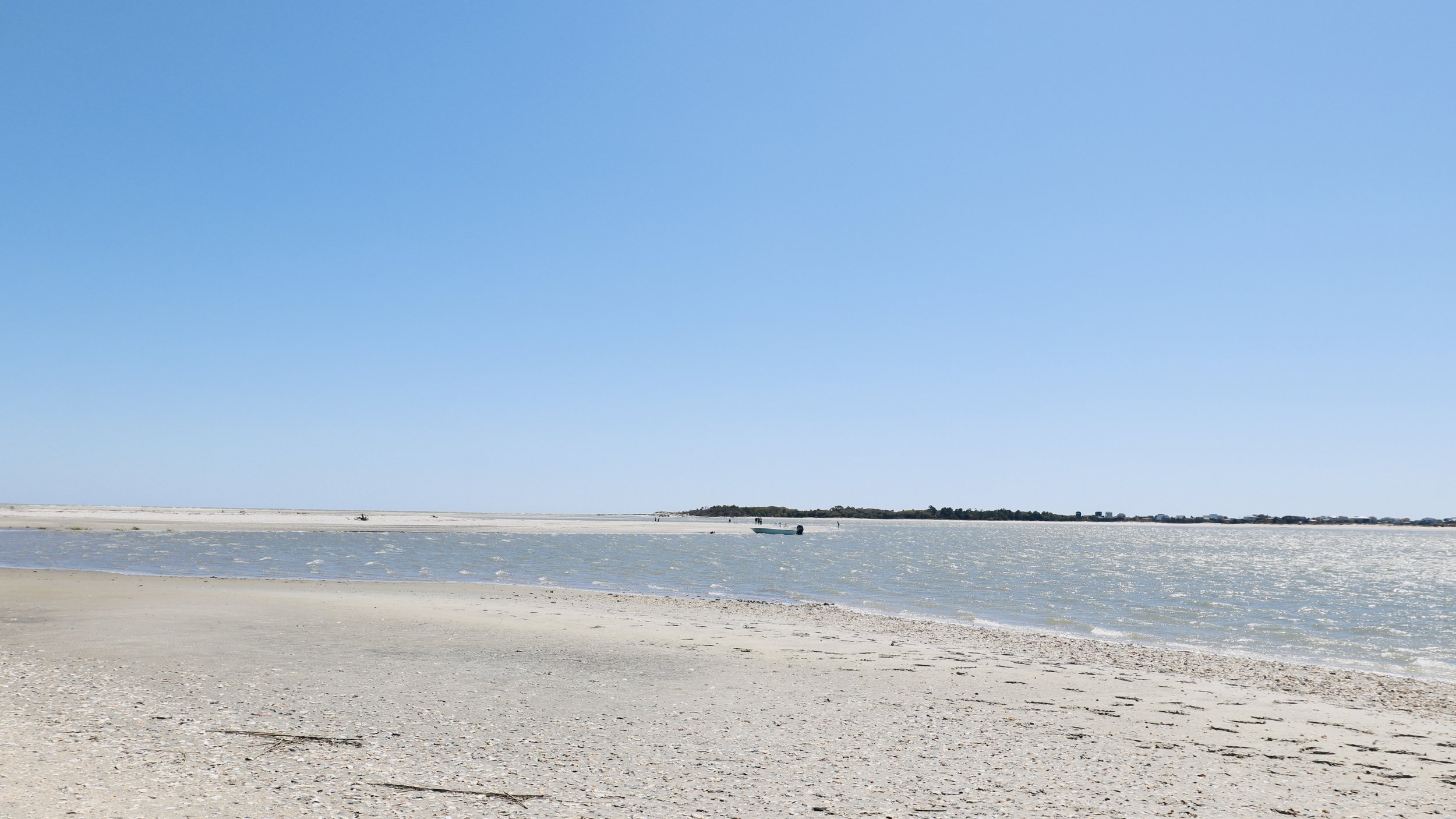48 hours in charleston
We spent the loveliest weekend in Charleston, wandering around the streets, enjoying the food and stores, the islands, and the incredible nature. It is such a beautiful city with exquisite architecture, tall and colorful, planted in the pristinely clean, old, and nostalgic cobblestone streets, decorated with carefully selected plants. Charleston has been battered by tough storms and harsh history, and it has truly emerged as a fascinating mix of old and new, a curated perfection and casual beauty.
Day One
AM, Explore Downtown Charleston
Charleston, the Charles Towne, in honor of King of England, Charles the II, was founded in 1670. The city was known for is religious diversity and became a home to about 400 churches of different denominations for what it is called the Holy City.
We started our day in The Rise Coffee Bar (loved their latte!), then head to the Historic Charleston City market. Afterwards, checked out the Philadelphia Alley, Old Slave Mart museum, Rainbow Row, Longitude Lane, and The Battery. Afterwards, stop by Leon's Fine Pultry and Oyster for lunch.
PM, the Angel Oak Tree and McLeod Plantation
The Angel Oak Tree is one of the treasures of South Carolina and it was an absolute must see. This Tree is more than 500 years old. So if you really think about it, it is alive since at least 1500s! It lived through brutal storms and wars, and it actually got to see the entire history of our country. Because of its age, this Angel tree grew to be 66.5 ft tall, and its shade covers 17,200 square feet. Its longest branch is 187 ft. The tree is open to public only for a certain time and they are strict about it, so make sure to check their hours.
Oak trees are a big part of South Carolina’s nature. Some plantations around Charleston have a truly beautiful avenues of oak trees. Also, there is a mistireeous Spanish Moss hanging on trees. It is a natural part of the South’s ecology. It's a plant that grows when attached to something else instead of in soil. It can be 20 feet or more in length. We visited McLeod Plantation. It was established in 1851. Over the years, the property has been used as a Confederacy Hospital, a burial ground for slaves and Union soldiers, and a headquarters office for the Freedmen's Bureau. The property is now run by the Charleston County Parks and Recreation Commission.
DAY TWO
The Islands
A trip to Charleston cannot be complete without spending a day enjoying water and sun off the coast of the city. There is a string of 34 sea islands here. Some are tidal islands, which gets exposed at low tide and submerged at high tide. There are also Barrier islands, which is a long and narrow island parallel to the mainland. It also played a huge strategic role trying to protect Charleston during Civil war. Most of the islands here are famous for incredible long and wide sandy beaches. Some are bustling with attractions, some are tranquil, and some are historic.
We rode a boat to Morris Island (via The Outdoor Charleston Adventures), a truly unique and beautiful island. It is burdened by a tragic history of civil war, as one of the biggest and bloodiest battles happened here. The confederates were using this island to protect south harbor of Charleston, and the Union Army needed to capture it so they could advance to Charleston. Thousands of soldiers of both sides were captured, wounded, or killed and berried here in a mass grave.
I was also amazed what an incredible abundance of oysters you find here. In fact, Native Americans who lived here for thousands of years, relied heavily on the extensive oyster beds found in the tidal creeks. At the end of the day, we hang out at Bowens Island, a 13 acre island near Folly Beach, and enjoyed locally harvested oysters at their Bowens Island oyster joint. Kind of like from backyard to table. Oh, it was so good. But be warned, it gets really crowded after 5, so get here early.
